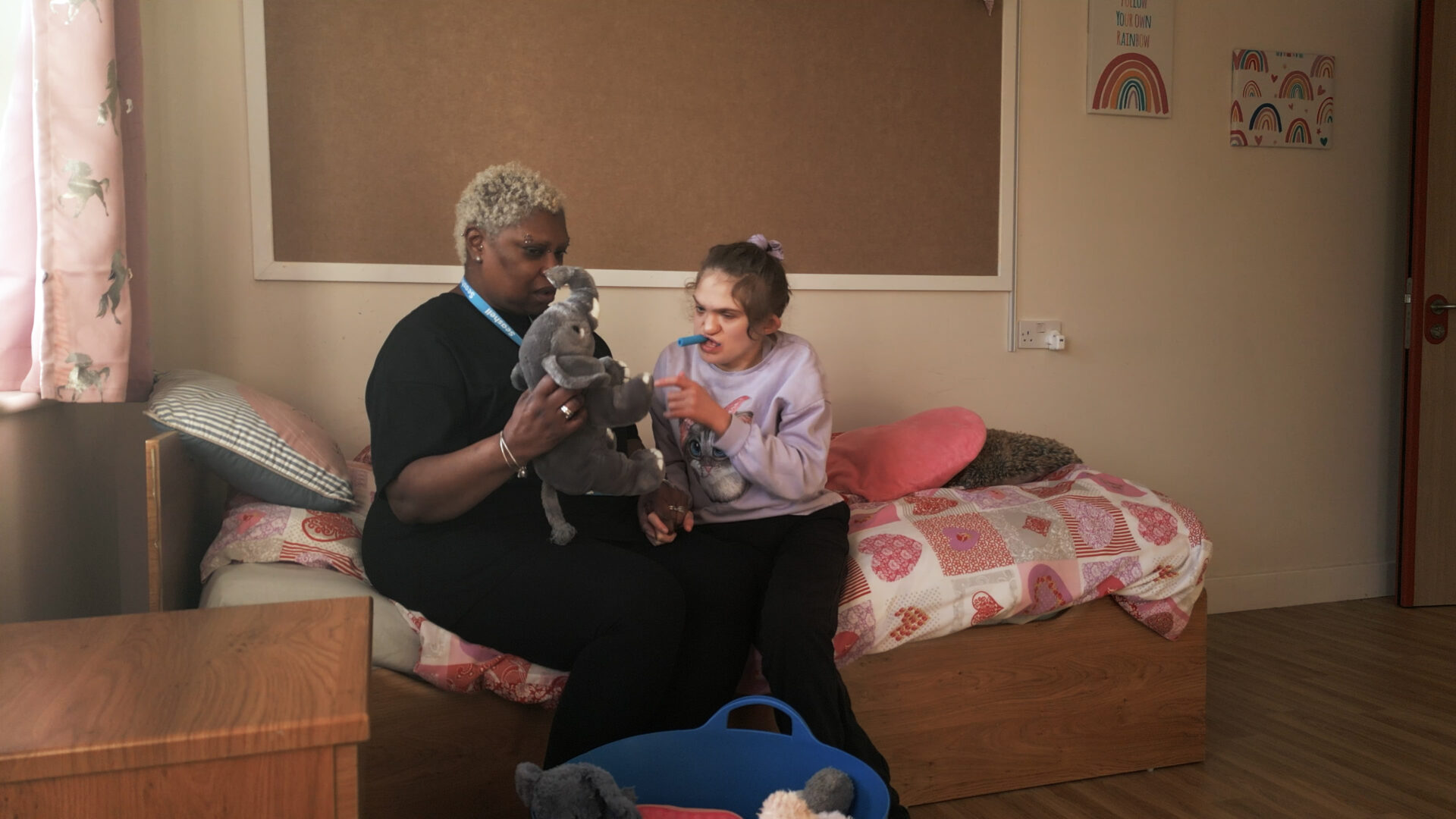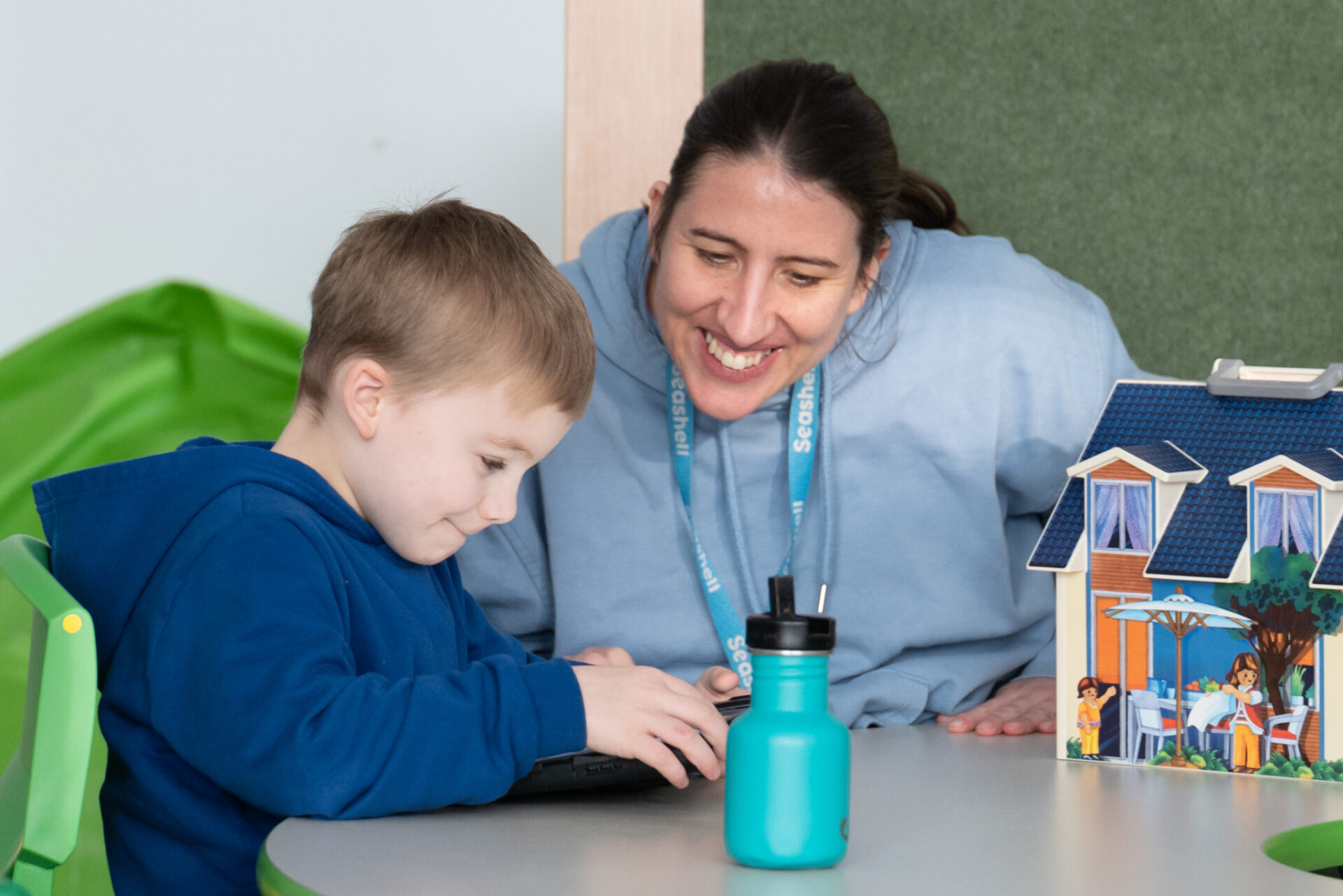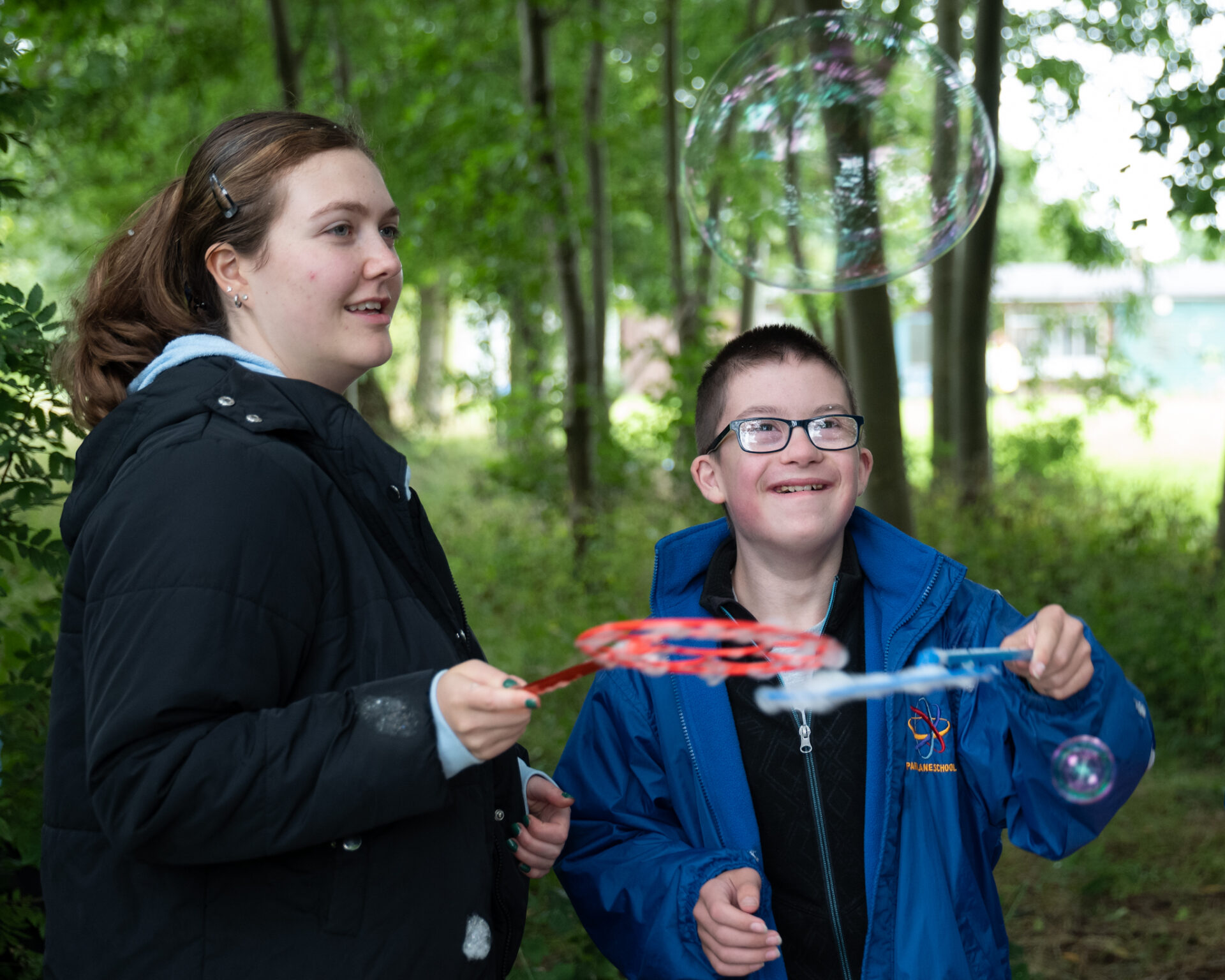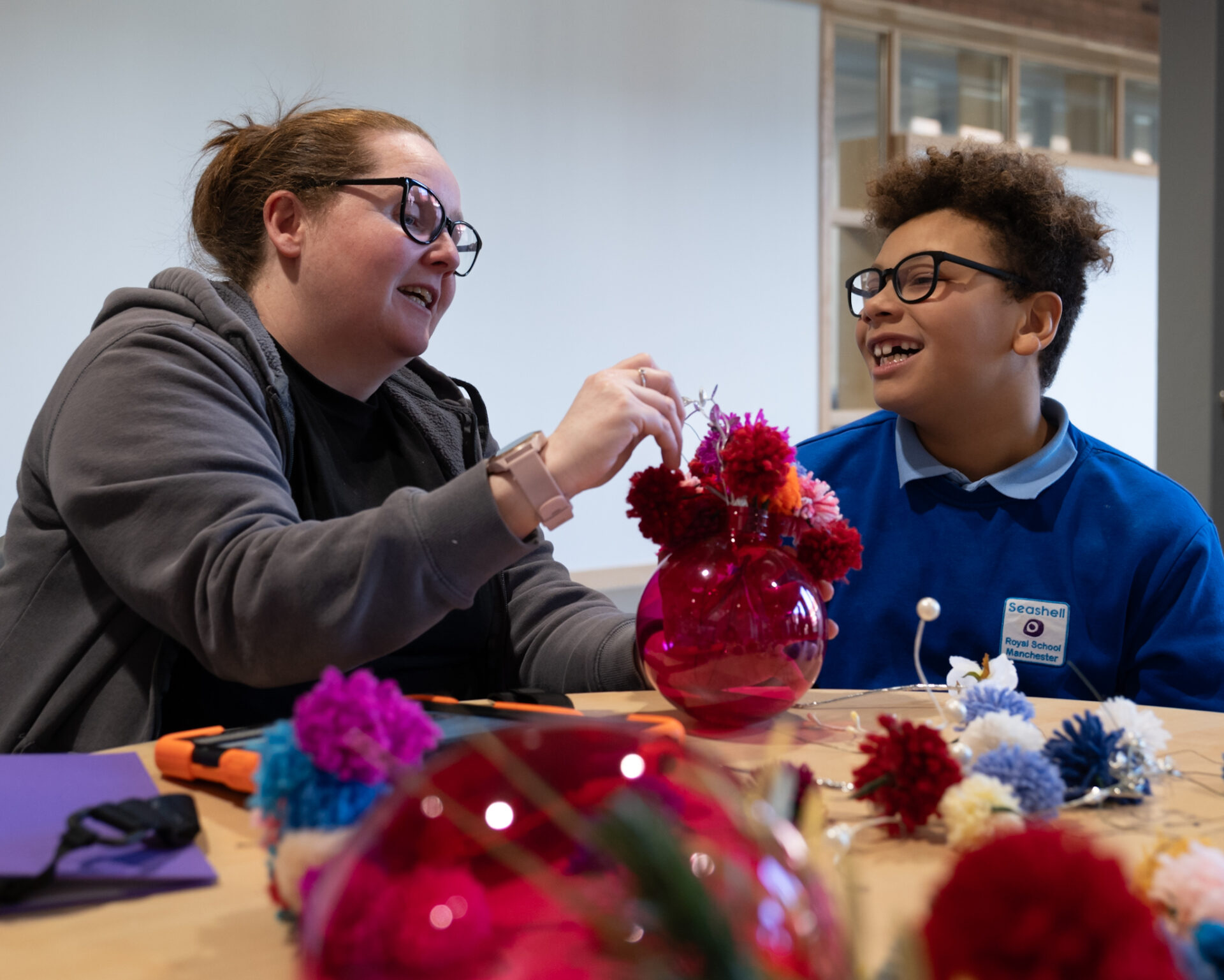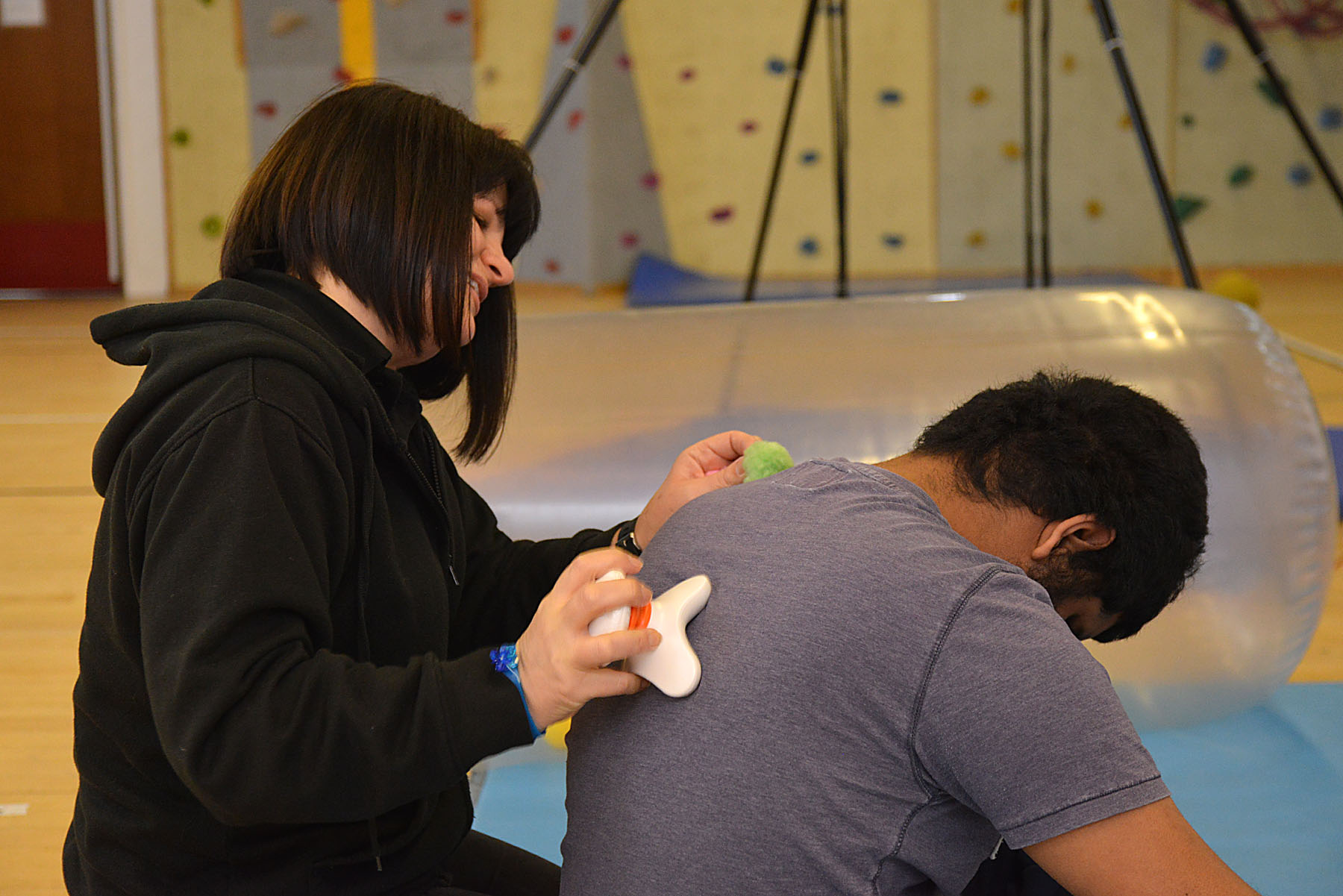Caring for a child with complex disabilities is one of the most rewarding journeys you can embark upon, but there is no denying that it can be physically and emotionally demanding. As parents, you want to do everything you can for your children, especially if they have disabilities that prevent them from doing things for themselves. But it is crucial to recognise the importance of self-care as a parent caring for a disabled child and to reach out for support when needed.
Overnight respite care is a vital lifeline for families caring for a disabled child, as it provides them with the opportunity to recharge and relax while ensuring their child is still receiving the specialised care they require. In this guide, we will explore how you can access overnight respite care for your disabled child with the exceptional facilities offered by Seashell.
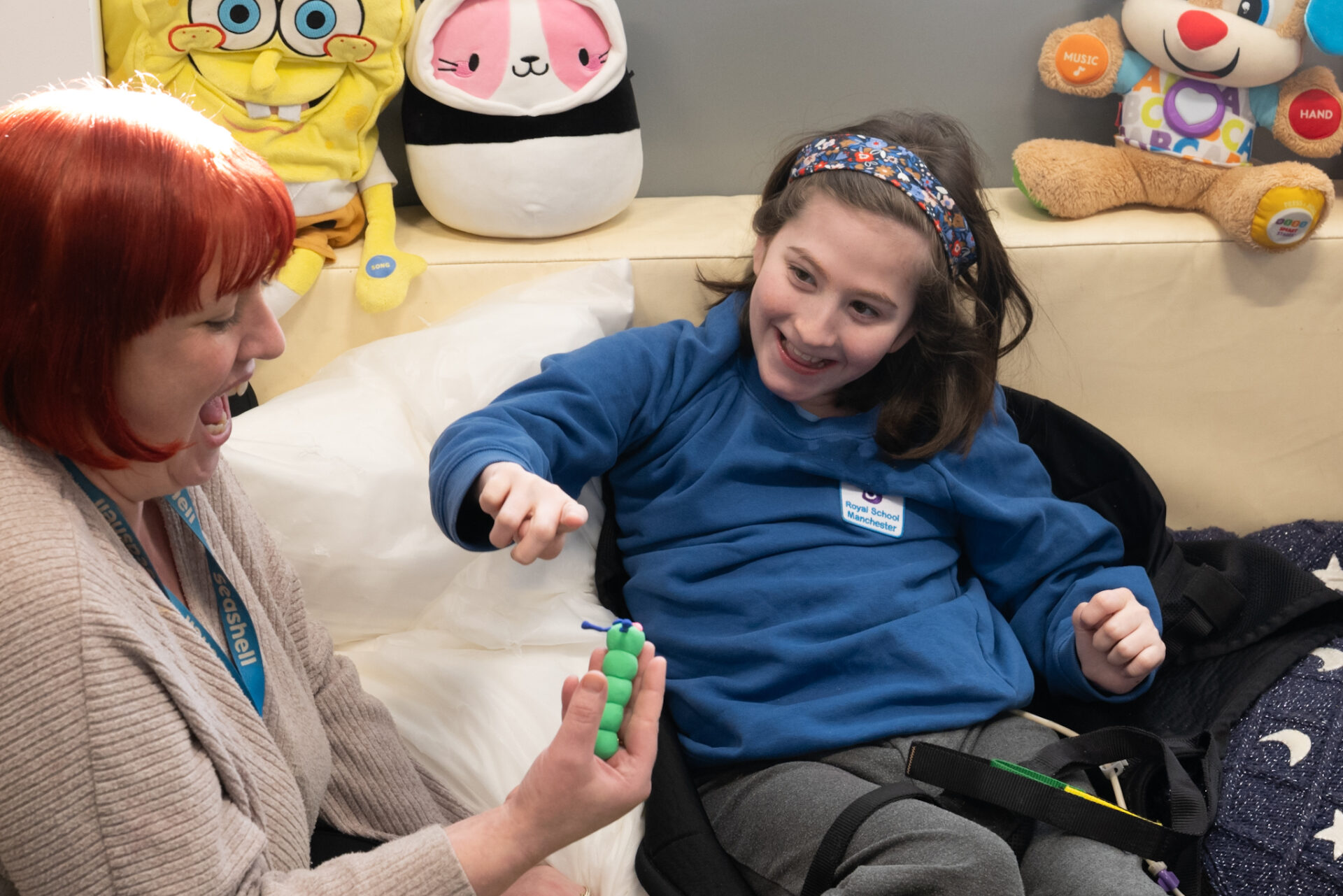
Understanding the need for respite care
Looking after a disabled child often involves round-the-clock care, with specialist care and constant attention required. However, this can be exhausting and overwhelming. While the love you have for your child as a parent is boundless, it is crucial to acknowledge that everyone needs a break now and then.
At Seashell we refer to this type of care as “Short Breaks” and this service offers families the chance to take time for themselves, leaving you refreshed while your child gets the best possible care. Respite care is a crucial aspect of tailored family support services provided by Seashell and aims to help parents and carers feel refreshed and better able to cope with the challenges they face.
Benefits of respite care (Short Breaks)
For some families, respite care is hard to secure depending on the needs of your child, but it provides numerous benefits for both parents and children. Here are a few examples:
- Rest and rejuvenation: Respite gives you and the rest of the family the chance to take a much-needed break from the demands of caregiving. This means you can allow time to rest, recharge and attend to your own physical and mental well-being. It is a lot easier to fully get the rest you need when you are assured that your child is getting the support they require.
- Quality time: When a family has a disabled child to care for it can have a huge impact on the rest of the family. For example, other siblings may not feel they have as much time with their parents as their disabled sibling. Therefore, through overnight respite care, siblings and other family members can spend quality time together without the constant demands of caregiving. This helps to strengthen family bonds and relationships.
- Specialised care: One of the main obstacles to caregivers getting access to overnight respite care for disabled children is finding a suitable facility equipped to provide specialised care tailored to their unique needs. But by finding the right respite care facilities, such as those provided at Seashell, you can ensure your child can benefit from the safety, comfort, and well-being they need.
Exploring Seashell’s overnight respite care facilities (Short Breaks services)
Seashell has a range of overnight respite care facilities that have been meticulously designed to provide a safe and nurturing environment for disabled children and young adults. Seashell pride themselves on their ability to offer a range of different facilities, from specially- equipped sensory rooms to accessible outdoor spaces, that cater to the diverse needs of each child they serve. From support for ordinary living, to overnight respite care for disabled children, there are options for everyone.
Let’s take a closer look at the overnight care options available at Seashell:
Short breaks at Seashell
Seashell offers short breaks designed to provide families with temporary relief from caregiving responsibilities. During these breaks, that usually take place over a couple of days, children receive personalised care and support in a warm and welcoming environment.
This provides not only their families respite from caring for them, but also gives the child some time away from home themselves. Short breaks at Seashell allow children to engage in enriching activities and socialise with their peers in a way they are unable to at home. Seashell has two short break homes that are used to provide respite care for children and young adults with complex needs. One home is suitable for children up to the age of 19, while the other is great for young adults aged 19 to 25.
Specialist facilities
Through the hard work of staff and generosity of fundraisers Seashell has a range of high- quality facilities that are specifically designed to meet the needs of disabled children. With state-of-the-art equipment and amenities, they can ensure their service users enjoy comfort and safety during their stay. These facilities include a sensory room to provide a calming and relaxing environment that offers stimulation and enhanced learning through different forms of play.
Recreational activities also include arts and crafts, music and cooking so that children can enjoy varied activities during their stay. Facilities also include swimming, hydrotherapy pools and a fully inclusive cycling track.
If you’re considering overnight respite for your disabled child, then reach out to Seashell for more information about our services and how we can support your family’s needs. Get in touch here and speak to our friendly staff.

